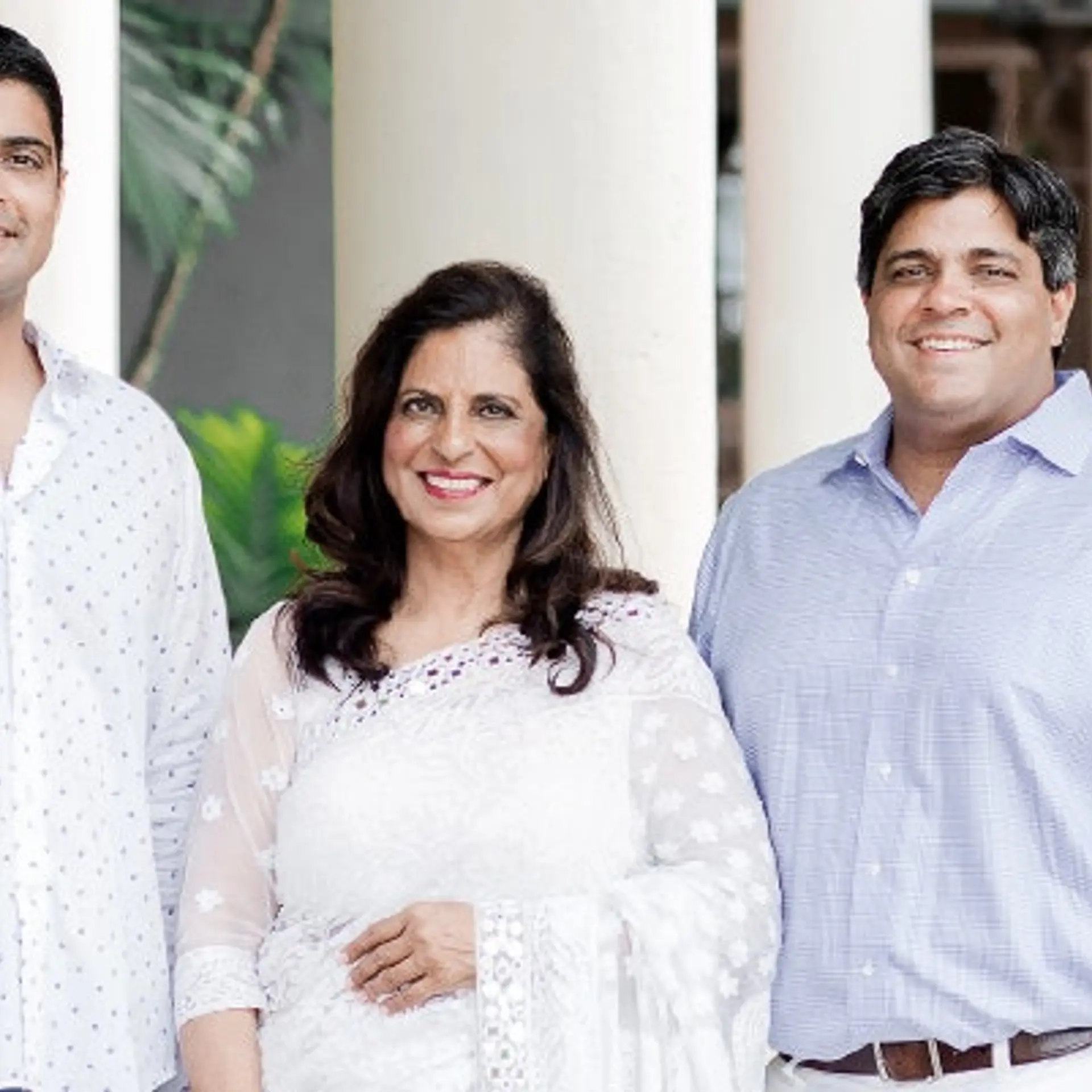How the pandemic led to the emergence of a new, promising market for refurbished devices in India
The refurbished devices industry has picked up pace in India in recent years, with the COVID-19 pandemic accelerating adoption of what were once called ‘used’ phones and tablets.
Is old the new cool, I wondered when I was at a small mobile shop to get my phone repaired. A couple had walked into that store to purchase a new iPhone as they wanted to upgrade their older version. But they didn’t choose a brand new phone; they opted for a refurbished one available at a price much lower than a new one.
I kept thinking there would be some defect or damage, but the couple was categorical that they wanted to upgrade to a new phone without investing much and that it would help their child in online classes.
When I quizzed the shopkeeper about the drawbacks of buying a second-hand phone, his retort was quick. “Madam, woh used phone nahi hai,” and explained that the phone was as good as new but was being sold under the refurbished category as it came with a damaged box.
The refurbished devices industry has picked up pace in India in recent years - so much so that the overall market opportunity of the industry stands at “$1 billion per annum”.
This figure is quoted by Dr Abhilasha Gaur, Chief Operating Officer at Electronics Sector Skill Council of India (ESSCI), who says selling refurbished products is indeed a sustainable practice for businesses.
Refurbished is a booming industry, and Mandeep Manocha, Founder and CEO of Cashify , a re-commerce marketplace that offers an online platform to sell old, or used electronic gadgets, and Yuvraj Aman Singh, Founder and CEO, Rocking Deals, one of India’s largest companies for unboxed and excess inventory, helped further understand about the market and how promising the future of the refurbished devices in India is.
A market that emerged amid COVID-19
Mandeep says COVID-19 did not just create health insecurities among people; it also affected their finances. This is one of the core reasons for the accelerated demand for refurbished devices in the last two years.
“The impact of COVID-19 is not just on adults, but also on kids for whom the concept of school changed suddenly. With classes shifting online and work from home becoming the new normal, the need for a either phone or laptop became mandatory. We could see a surge in demand for an extra device that could be purely transactional and for official purposes. For such a use case, a refurbished device serves as the most economical option,” he says.
The category emerged amid the pandemic, and Rocking Deals reported an increase of around 30 percent in its customers.
Refurbished products are sold both, in online and offline mediums through ecommerce or small retailers. Ecommerce giants like , , and others also have a separate vertical to sell refurbished products.
Mandeep and Yuraj say the world also witnessed chipset shortage amid the pandemic, which led to a disrupted supply chain. The scenario resulted in a shortage of devices, which helped the refurbished market gain more traction.
“Refurbished devices are not just limited to mobile phones. They are available across categories, from home appliances, laptops, accessories etc. The industry also has the potential to reduce e-waste generated, enabling people to make the most of their investment in buying a product,” Yuvraj tells SMBStory.
Yuvraj says that the Indian refurbished furniture and renewed appliances market is expected to grow to nearly $9.8 billion by 2025, and will “create immense opportunities”.
People also want to keep upgrading and not all would want to spend a huge amount of money every time, says Yuvraj, adding that buying a refurbished device is picking up as a fashion statement where less investment is involved.
Uplifting small vendors
Dr Gaur believes that unlike other industries where brands control the selling price, the refurbished industry is one where small vendors choose this price. The businesses offload refurbishing to small vendors, who market the product to secondary markets.
Refurbished devices come in variants such as factory seconds, ecommerce and retail return products, open box, unboxed devices etc., and the pricing and discounts vary.
Both and Rocking Deals also deal with small retailers/vendors as their partners for selling their inventory offline.
Yuvraj says since the product pricing for refurbished devices is lower than the market value, small vendors eventually expand into other categories and increase their overall profit market.
Recently, Cashify also acquired Unishop, now Phoneshop, to empower and help small mobile retailers digitise their entire retail business and grow it with the help of modern technology and tools.
Highly fragmented, highly promising
Though the refurbishing industry is run on the back of the small-scale retailers, Mandeep says it is highly unorganised in the offline segment, which results in a lot of fraudulent activities..
“Many customers deal with unorganised players where there is a lack of transparency, limited selection and availability, no quality assurance or warranty, and absence of clarity about the genuineness of the gadget. It is very common for fake or stolen devices to be sold to unwary customers,” Mandeep adds.
This poses a challenge and inculcates distrust among customers for refurbished devices. This is unwarranted because refurbished devices undergo “multiple checks and grading” before reaching the end consumer. Retailers and companies also offer warranty depending upon the use-case.
A new report, titled Smartphone Re-commerce: India Market Opportunity, by IDC and the Indian Cellular and Electronics Association, estimated that around 25 million smartphones were traded in the second-hand market in 2021, generating a revenue of more than $2.3 billion at an average of $94 or Rs 6,900 per device. This marks an increase of about 14 percent in 2019 and is expected to rise to 51 million units at a valuation for $4.6 billion by 2025.
This shows that the future also is promising for refurbished products - not just mobiles but other categories as well. And with everyone looking to constantly upgrade at lower costs, this could well be the way ahead.
Edited by Teja Lele









